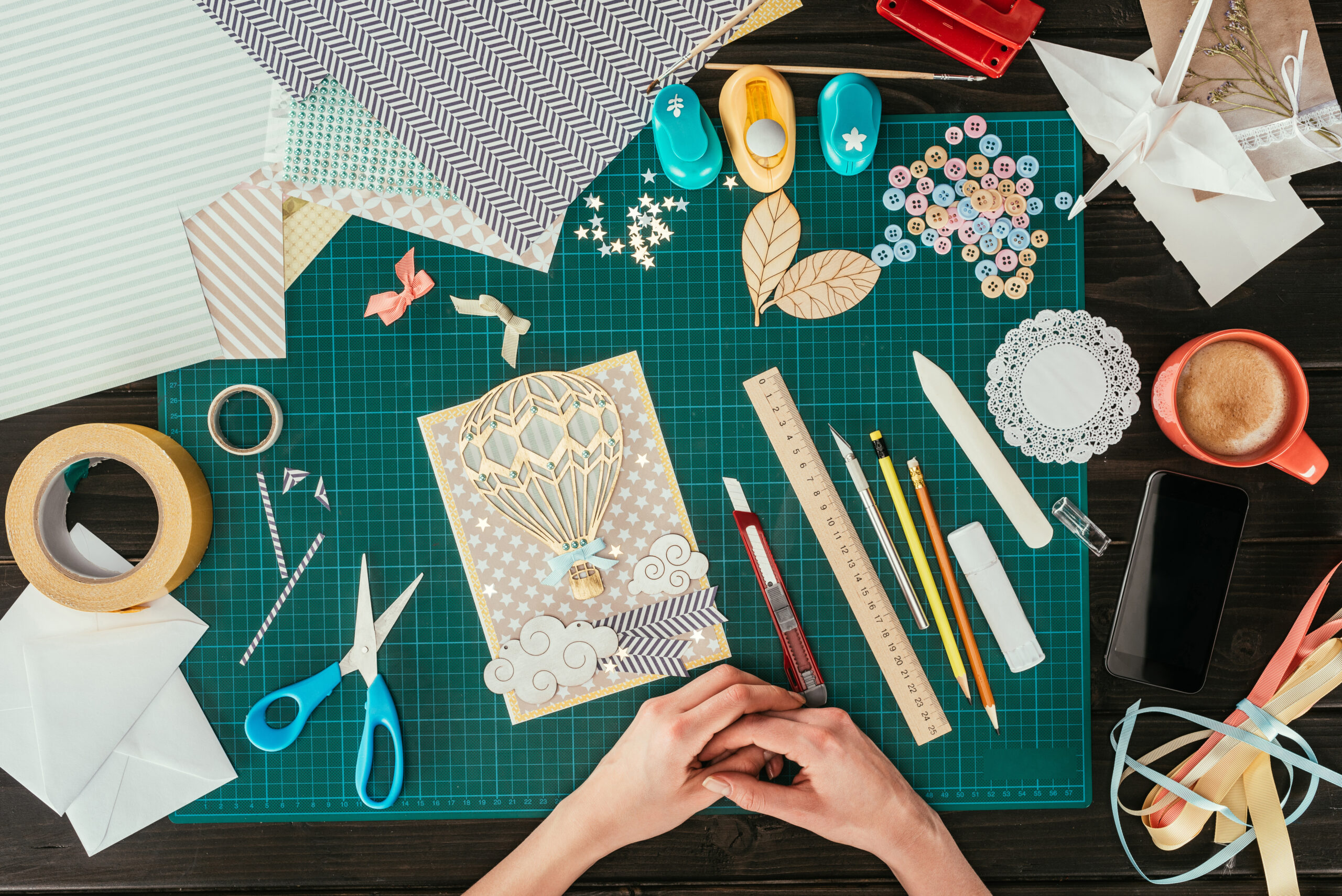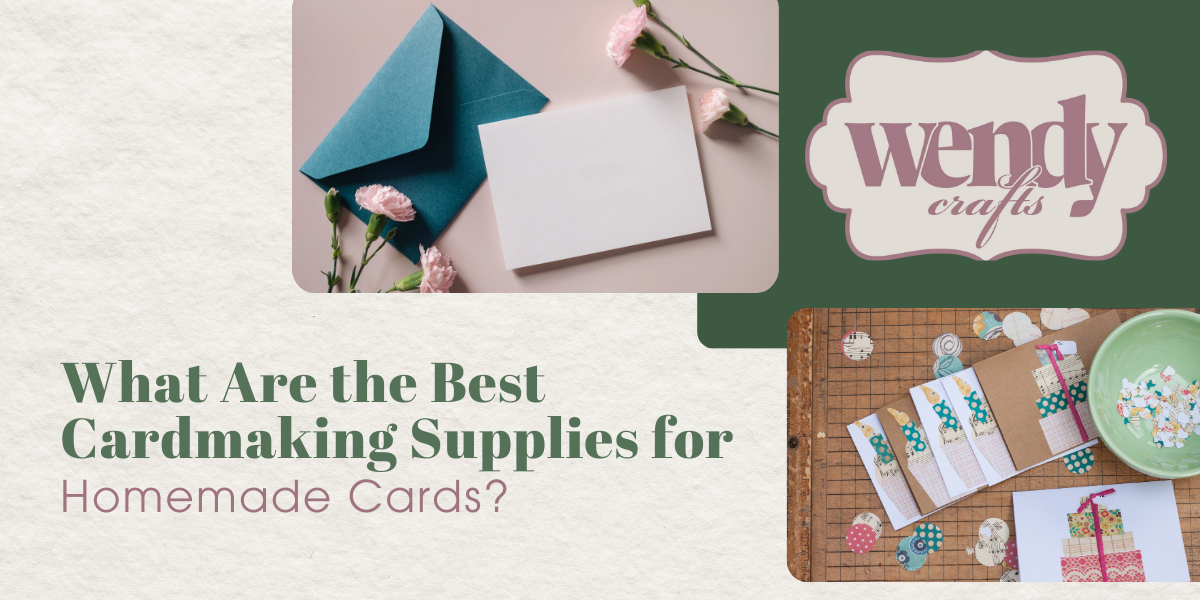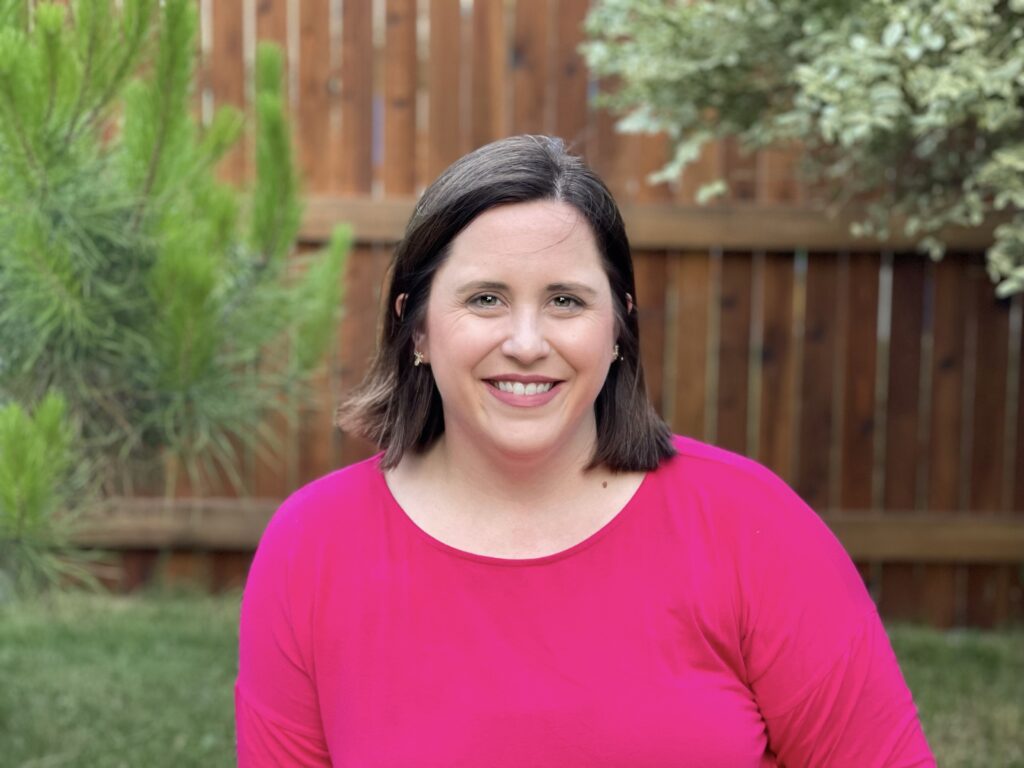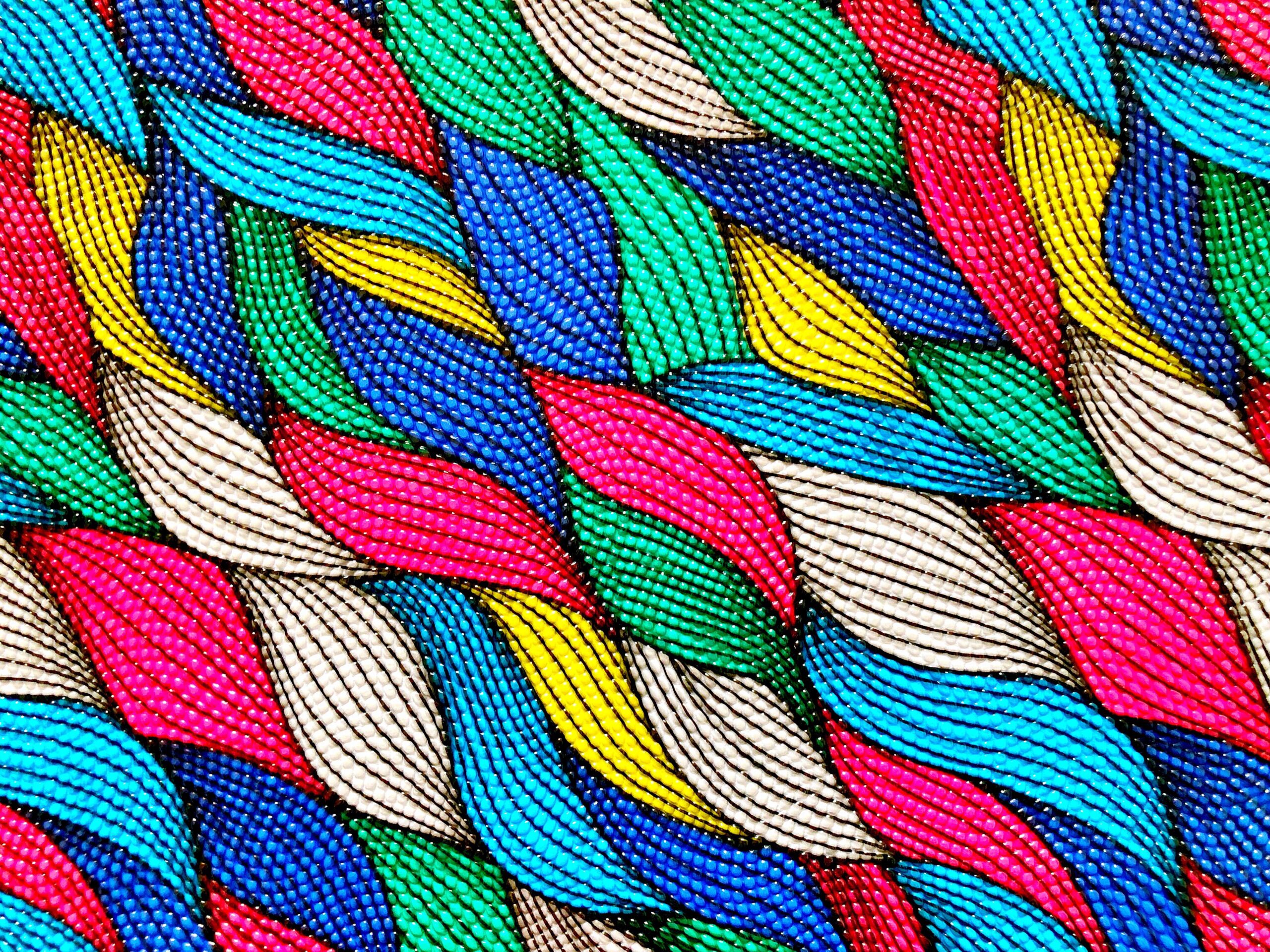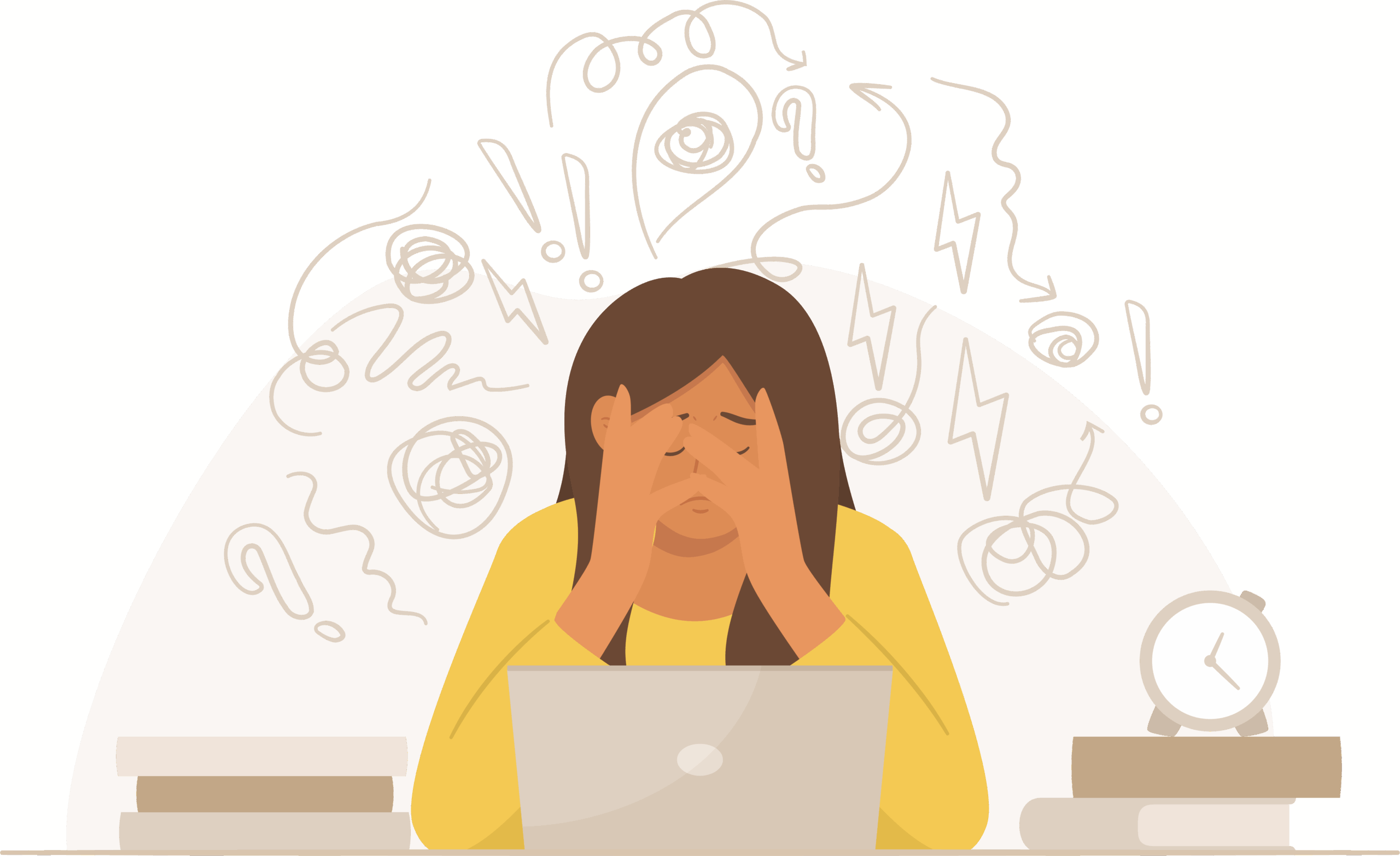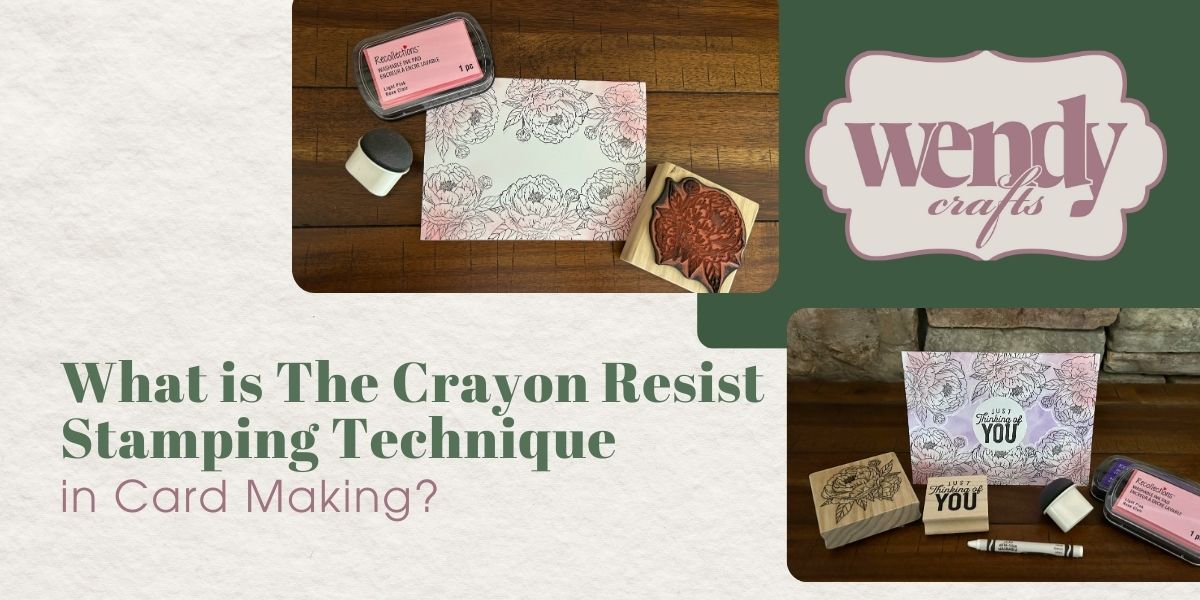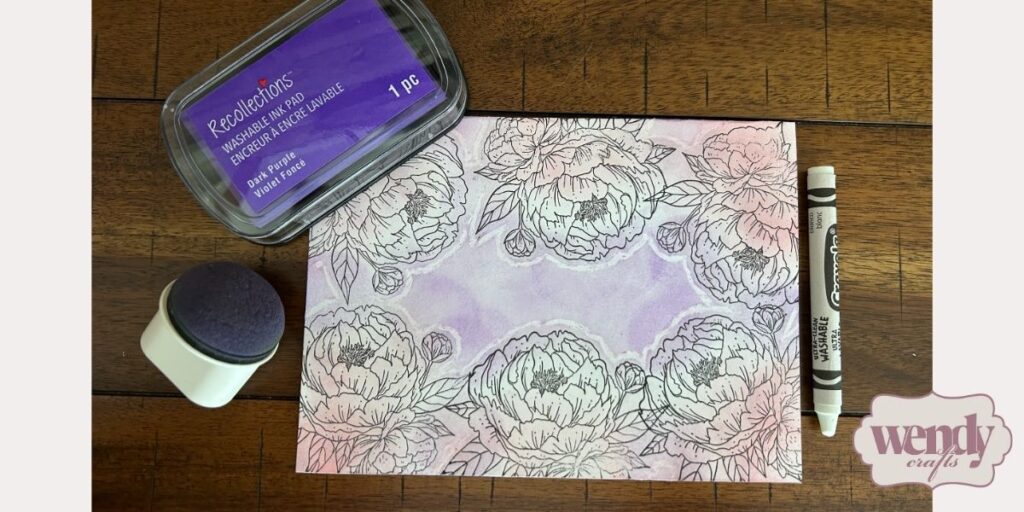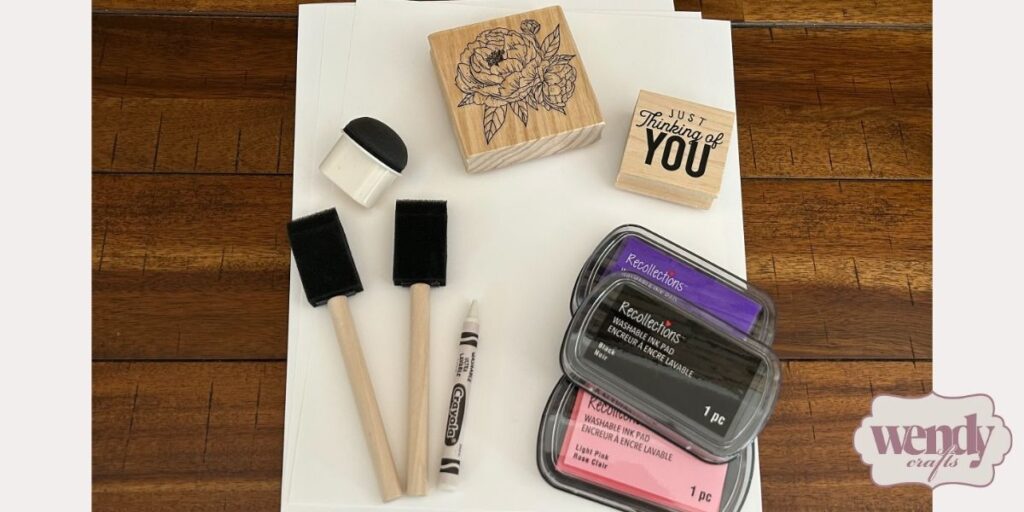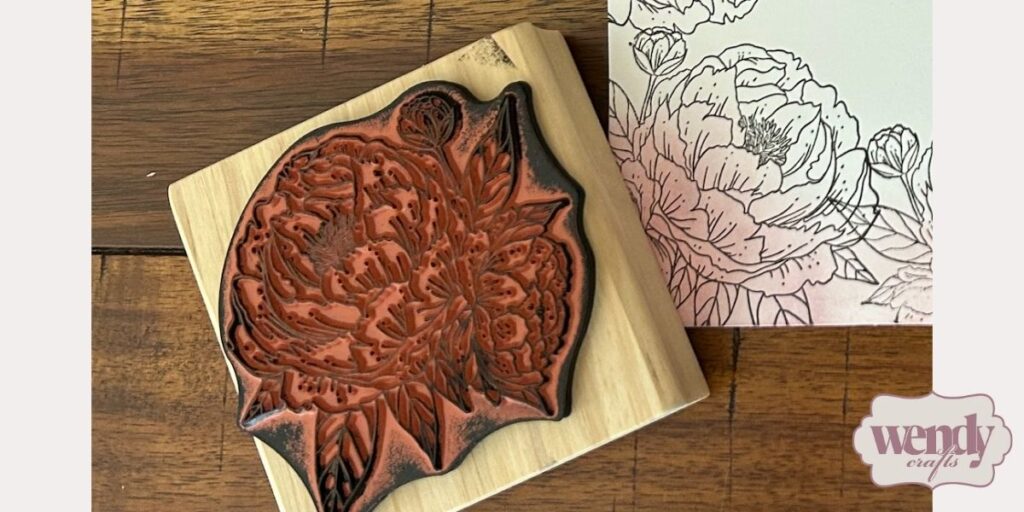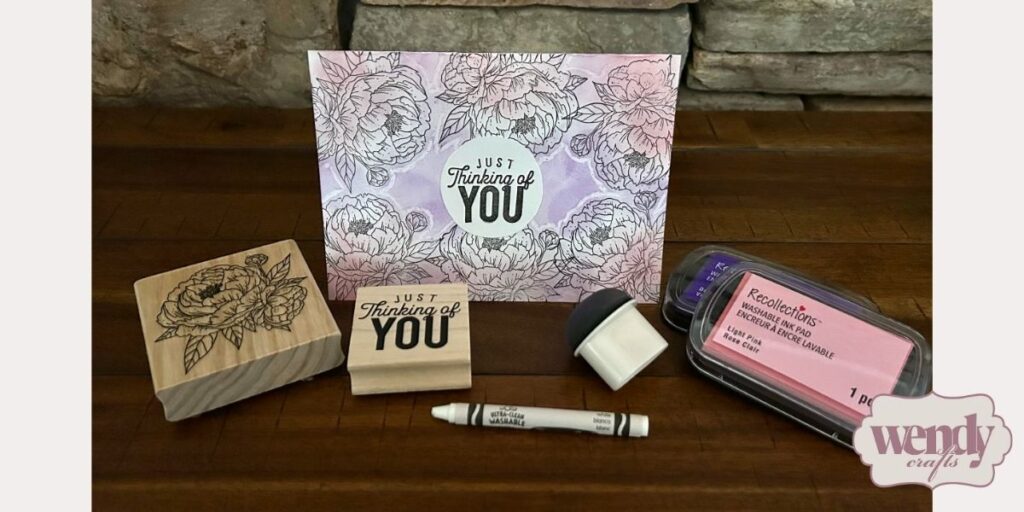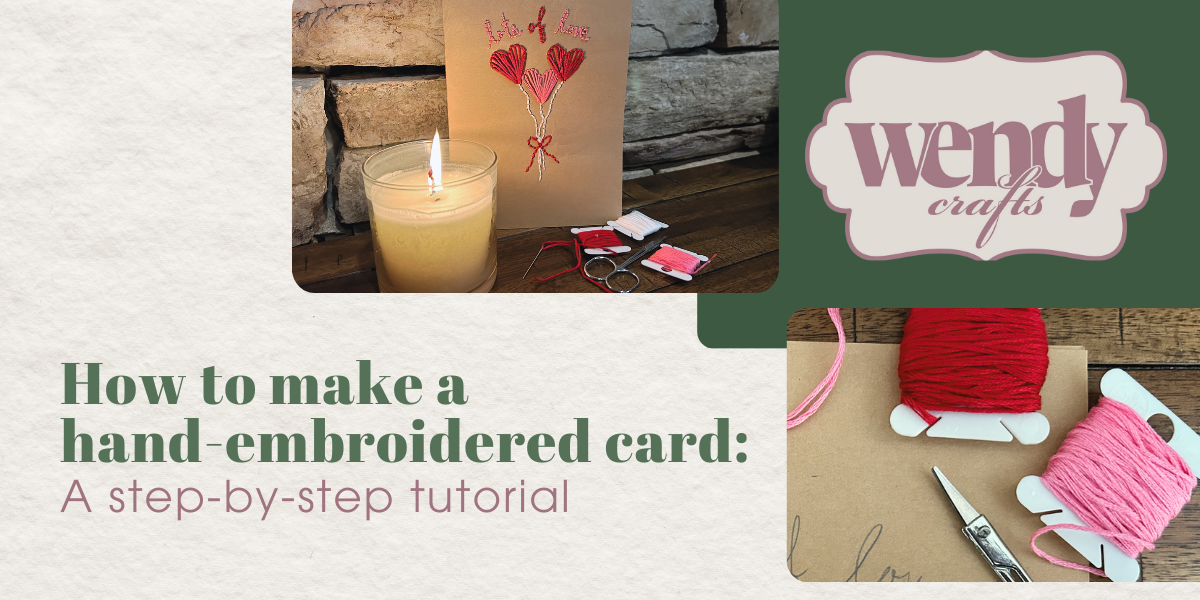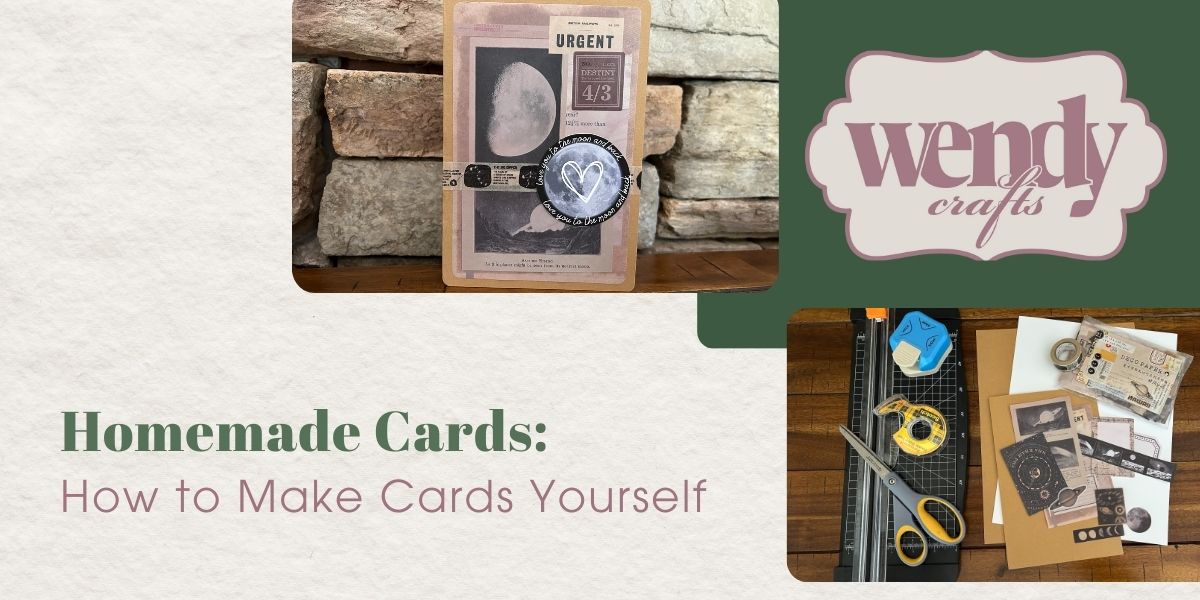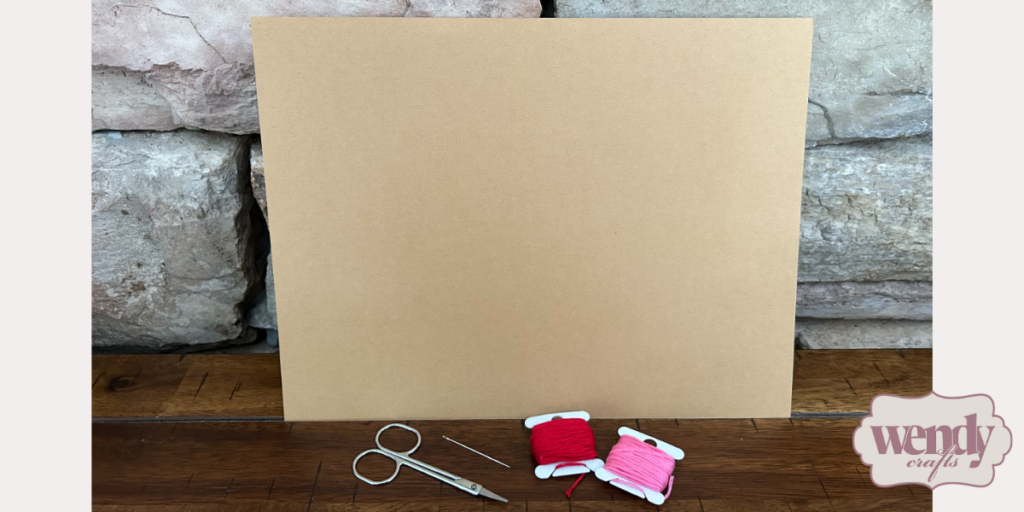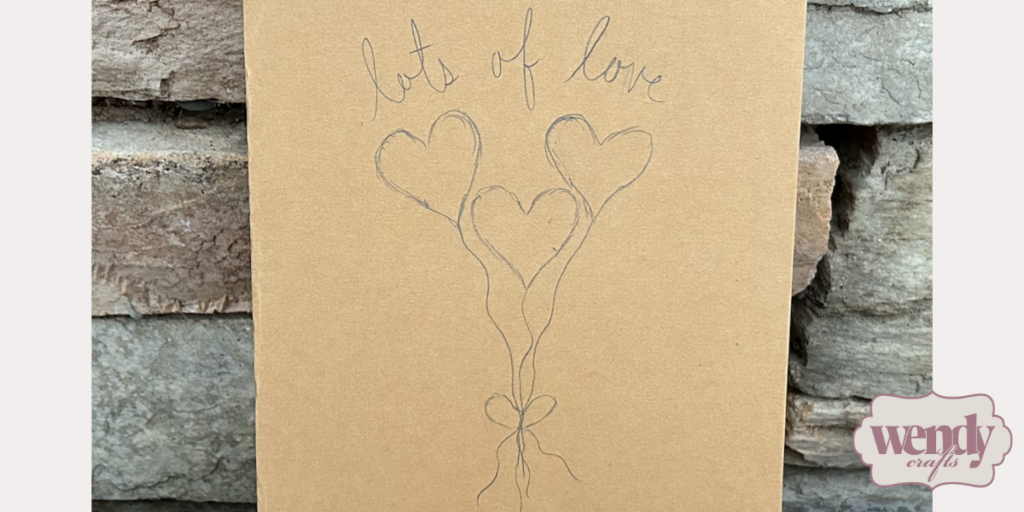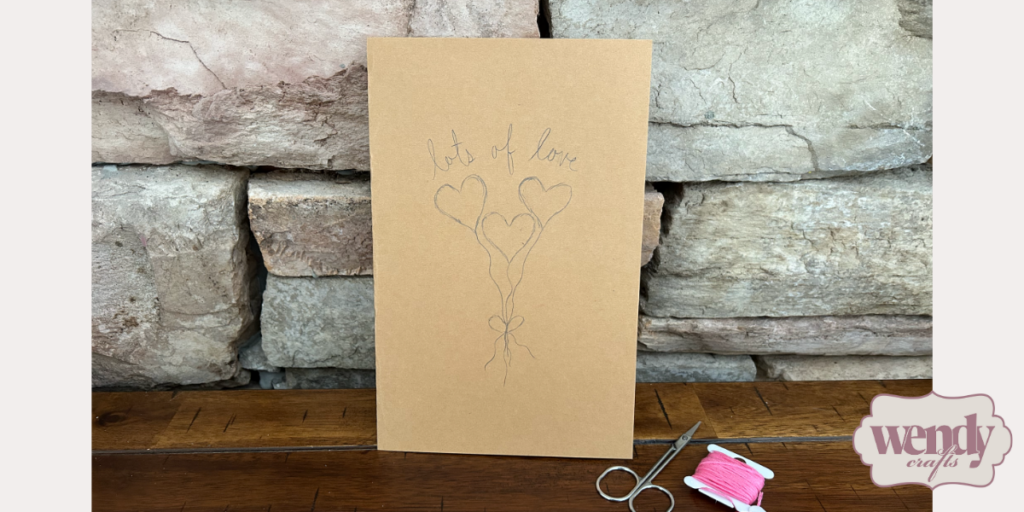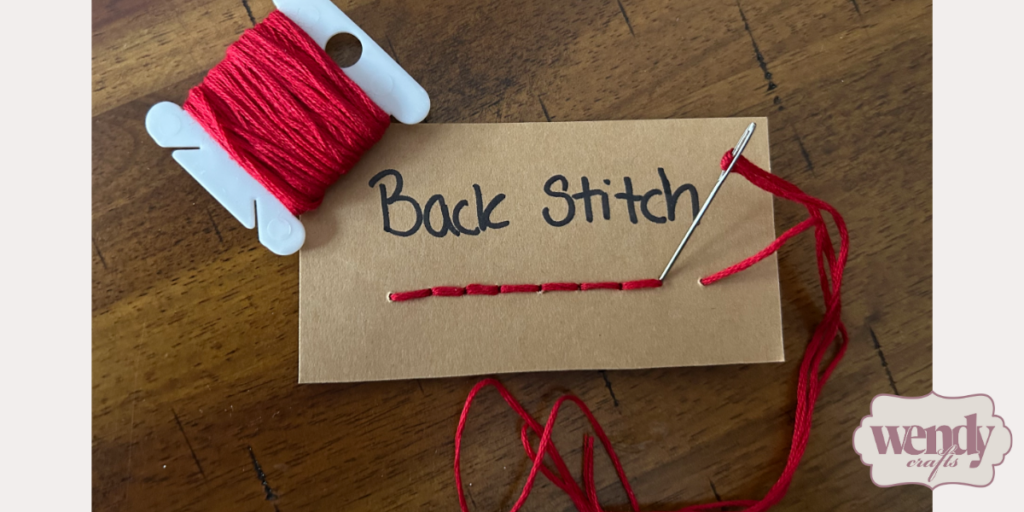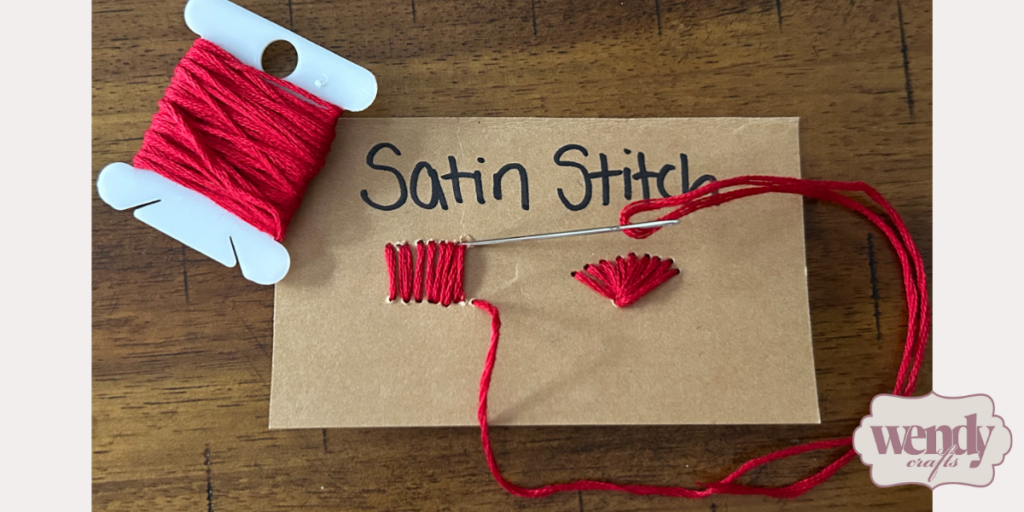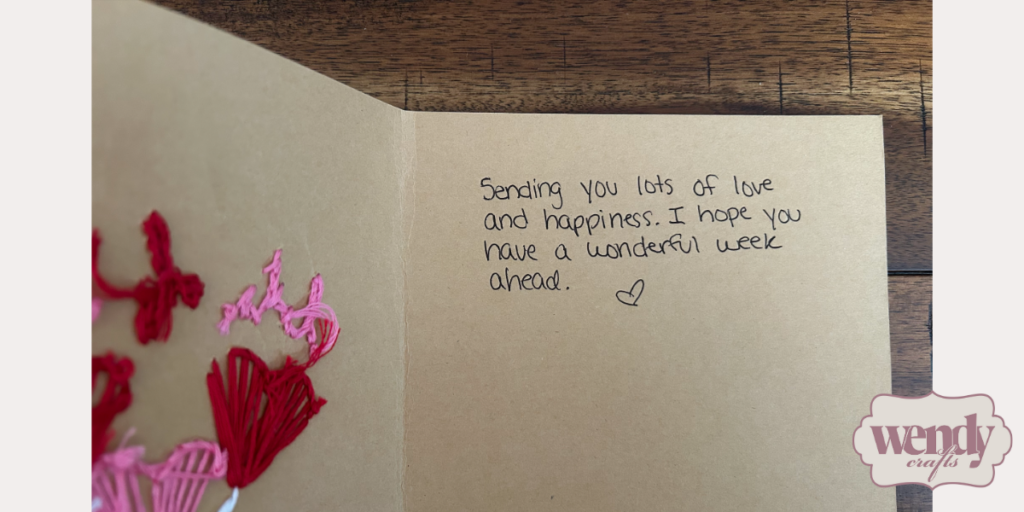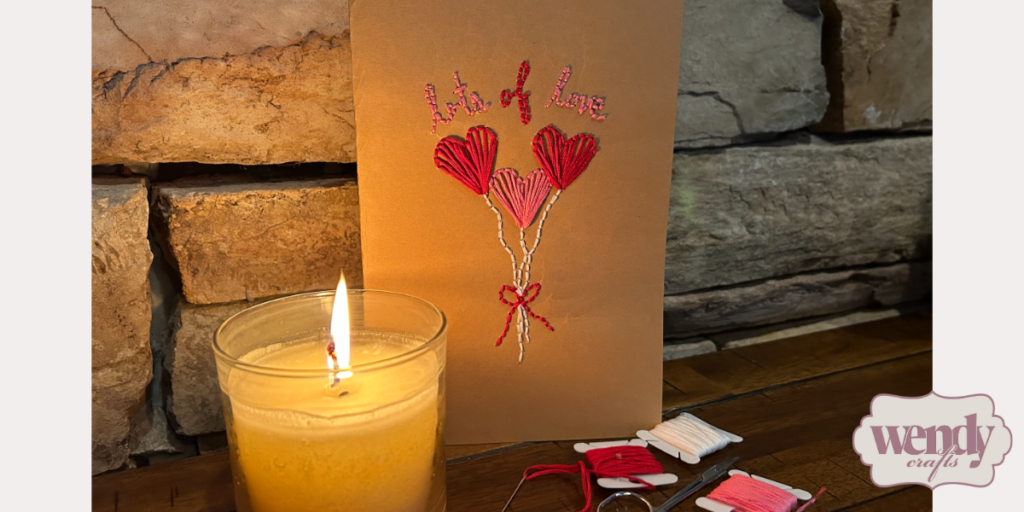Meeting fellow crafters in my community and virtually around the world (literally!), our conversations often turn to the favorite items in our craft rooms. From cardstock to adhesive, embellishments to storage, and everything in between — we like what we like and LOVE to discover new supplies.
Following a recent — and VERY FUN! — live YouTube guest appearance with Nancy and Lolly of Laurel Denise, our conversation inevitably turned to our shared love of craft supplies. (Watch the entire reply below!)
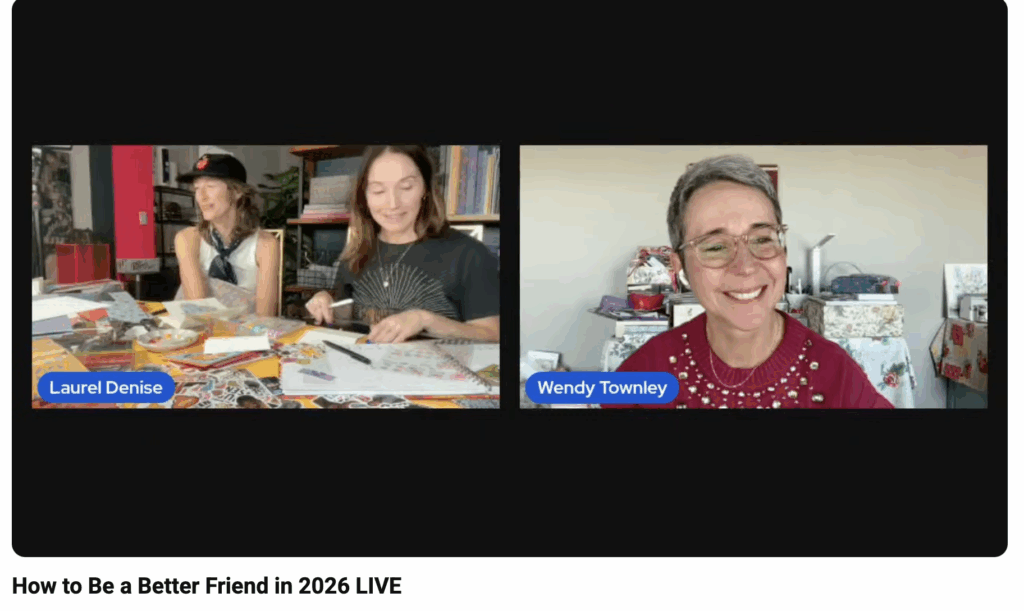
Collecting? Hoarding?
However we define our at-home inventory, what matters more is that we put our stash to work. Which means not just having a variety of pretty things, but the right tools that deliver predictable, reliable results every single time.
Below are just some of my favorites.
Cardstock and Embellishment Options
Some of my favorite, go-to, and beloved brands for cardstock and paper include
- Anna Griffin: Love antique-inspired designs with embellishments and florals grounded in gold? Look no further than Anna Griffin.
- 49 and Market: Annually featuring several papercrafting collections from global designers I turn to regularly, 49 and Market offers fresh takes using both bold colors and muted pallets. My three favorites are Vicki Boutin, Dennis Bruton, and Joanne Baine.
- Echo Park: Often releasing collections with whimsical colors and charming designs, Echo Park is a great brand to turn to year-round.
- Arden Creative Studio: Based in the United Kingdom, Arden Creative Studio also celebrates colorful creativity with a number of designers each year, including two of my favorites: Andrea Lake and Katie Pertiet.
Adhesive and Glue to the Rescue
If you’re taking the time to craft something creative with your hands, you want it to last. Don’t skimp on the adhesive. Having a variety of quality options, sizes, and “stickiness” will ensure your projects will remain intact for years to come.
- Foam dots (and squares and circles): Also referred to by crafters as “pop dots,” few things provide a 3D-layered design like these little sticky gems. You’ll find them online and in your favorite craft store. For a truly chunky card, keep a healthy stash.
- Liquid glue: Used and loved by papercrafters, a single bottle of Bearly Art Precision Craft Glue will last a LONG time with the best results..
- Cordless glue gun: My dear friend Leslie gifted me this incredible CORDLESS glue gun. She stumbled upon it by accident and couldn’t ignore the numerous rave reviews. (Bless her!)
- Double-sided tear tape: Easily and effortlessly customize your stickiest of crafting needs with just a few rolls. You’ll be surprised at the other uses you’ll discover for this versatile tape.
Crafty Tools to Keep Handy
Now that you have your crayon resist card supplies ready, you can get started! Follow this step-by-step crayon resist stamping tutorial to make your own crayon resist stamped cards.
- Tool-in-one: A crafting tool with lots of uses, no craft room should be without this model by Spellbinders.
- Ruler: Sure, the wooden 12″ rule you’ll find for a $1 is a great start, but real crafters trust the weighty rulers by Cricut and Anna Griffin (part of her splurge-worthy complete crafting tool set). (I owe and regularly use both.)
- Weeder: You’ll find many imitators, but Cricut’s weeding tool is the best around. Do yourself a favor and buy more than one.
- Magnet storage easel: Easily keep track of even the tiniest metal dies with this clever stand by Diamond Press.
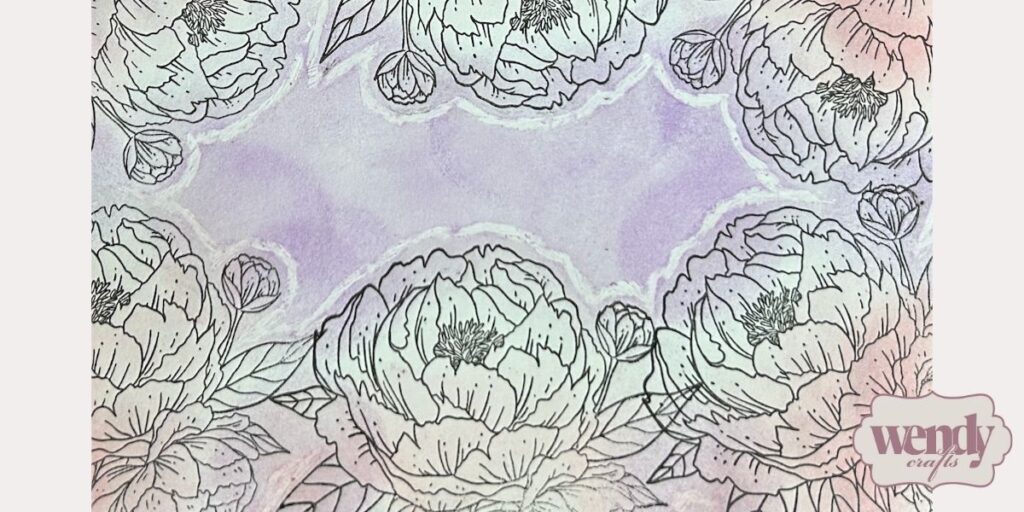
Tips and Tricks for the Best Results
It can take a few practice runs to master the crayon resist stamping technique. So, here are some tips to help you get clean and vibrant results:
- Apply crayon evenly: For a smooth resist effect, be sure the crayon is applied evenly to the cardstock. You might need to draw on multiple layers to make thick lines.
- Control water for watercolors: Use minimal water and lightly apply watercolor to avoid oversaturating the paper and bleeding into the crayon areas. You should also use minimal water.
- Experiment with color combinations: For colorful, eye-catching results, try combining cool (purples, blues, and greens) or warm (reds, oranges, and yellows) colors.
- Unique backgrounds with crayon resist spray bottle painting: Create interesting backgrounds by spraying diluted watercolor over crayon drawings or patterns using a spray bottle. This will give your card a splatter effect.
- Use white crayon for highlights: If you want bright highlights, use a white crayon. It works on both light and dark cardstock, but it’s a little difficult to see what you’re drawing on white cardstock.
- Scratch the crayon off if needed: If you use white crayon, sometimes the water-based media will sit on top of it. After the media dries, you’ll simply need to scratch the crayon wax off to reveal your design.
- Clean your stamps thoroughly: Crayon residue can build up on your stamps, especially if you’re layering. Clean your stamps with a stamp cleaner or even a damp paper towel.
Ideas for Crayon Resist Cards
The crayon resist stamping technique opens up a world of creative possibilities for card making. One way to explore this technique is to create beautiful backgrounds with simple crayon shapes. For a whimsical effect, use stripes, dots, or swirls.
You can create original cards for specific occasions, such as birthdays or holidays, using stamps and colors that match the theme. For example, you could create a birthday card with brightly colored balloons or a Christmas card with festive red and green trees.
Embellishments and Mixed Media
Don’t be afraid to combine crayon resist with other card-making techniques. Pair it with embossing, die-cutting, or stenciling for added depth and dimension. Layering these techniques creates unique and intricate designs.
It’s also helpful to look for inspiration online or in card-making magazines to discover different ways to use the crayon resist technique. You’ll find endless possibilities, from simple cards to elaborate mixed-media crafts.
Can I Use This Technique in Art?
Crayon resist isn’t limited to card making! You can use this technique for general crayon resist paintings. Just use smooth, thick paper, like bristol board or even watercolor paper, so it doesn’t get soggy when the crayon and watercolor resist. Watercolor paints can oversaturate thin paper and cause it to rip easily.
Ready to Try Crayon Resist Stamping?
The crayon resist stamping technique is a great way to add a simple yet personal touch to your handmade cards. It’s a versatile technique that’s easy to learn and opens the door to new forms of creativity. Start creating your own stunning crayon resist cards today!
If you used this tutorial, I’d love to see your creations! Share your crayon resist cards with me on social media using the hashtag #WendyCrafts, and be sure to check out my other blog posts for more crafting inspiration and tutorials.
